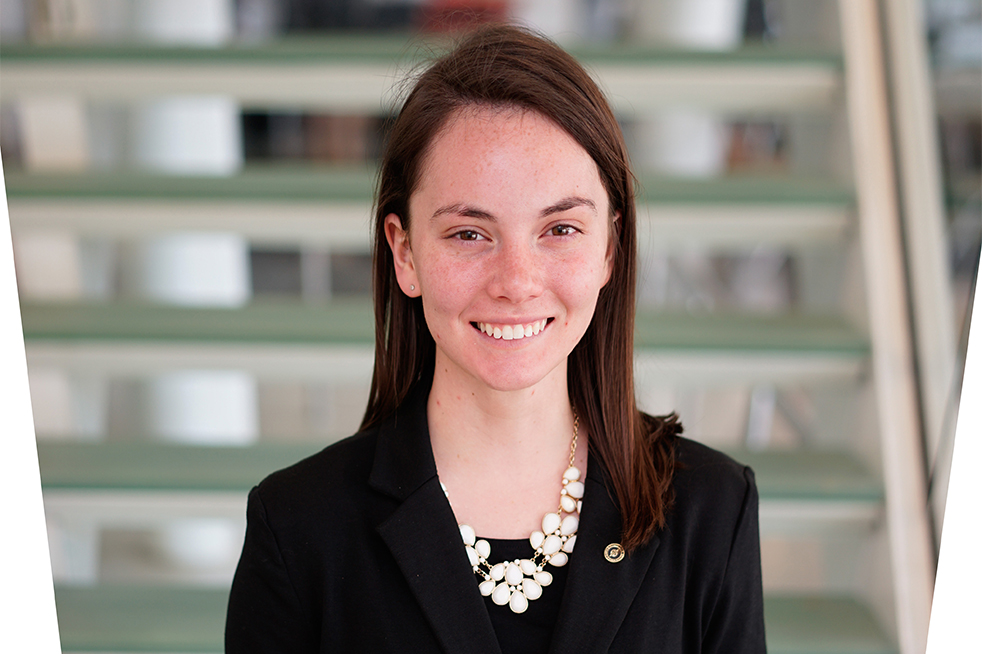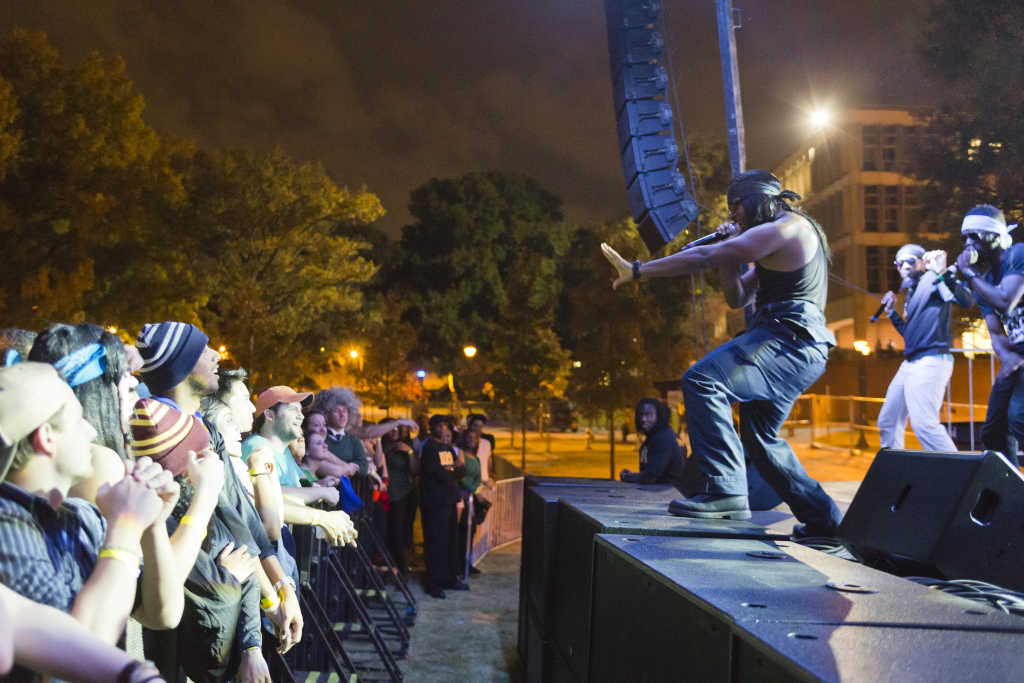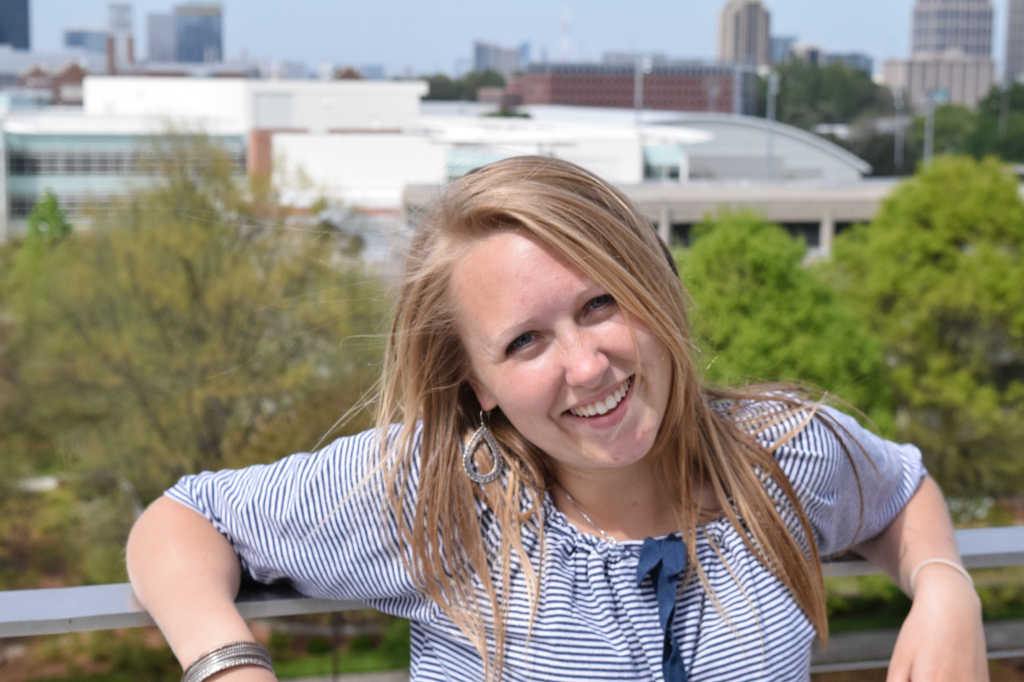
From Oct. 13-21, the annual public art festival Elevate offers contemporary art and cultural events throughout south downtown. Four curators,Allie Bashuk, Monica Campana, Mark DiNatale and Pastiche Lumumba, bring the theme of “Microcosm” to life by featuring over 200 artists that explore social, racial, and economic issues at the community level and within the greater world. The schedule of free events and exhibits can be found at http://www.elevateatlart.com/
Technique: How was the theme of Microcosm chosen for this year’s Elevate?
McDuffie: The curators came up with the theme. They were looking at how what is happening in south downtown Atlanta is a microcosm of what’s happening in Atlanta as a whole and also in this country. Because south downtown was untapped, not pretty to look at, and attention has been brought to it because we’ve been doing Elevate in and around south downtown Atlanta, arts organizations start to move in there. When you look at gentrification, which is really what the Microcosm theme is about, it starts with the artists moving in first and make the place a hip place to be, and then it kind of grows from there, and the big real estate folks move in and see the potential, and then it ends up being a place that nobody can afford anymore. The artists can’t afford it, the people who were there when the artists moved in (because there were already people there when the artists moved in), they can’t afford it anymore, and that’s kind of how gentrification happens in this city and around the country.
Technique: Elevate has grown from being Art Above Underground and the South Broad Mural Project. Is it year round now?
McDuffie: Yes, we are going to do year round programming. Now, it’s not going to look this this year round because I don’t think too many people want to attend a street party in December, but I want to do some educational opportunities for artists and maybe even arts organizations. I want to help teach maybe studio artists how to become public artists, and maybe we grow that and give them some opportunities to do some contemporary public art, and [they] grow into being a public artist as well as a studio artist.
Technique: All the events are free, and that comes from a combination of sponsorships and funding from the Fulton County Board of Commissioners. Why has the Board chosen to fund this event?
McDuffie: As a municipality, we can apply for funding for Fulton County for any of our events, and they look at our proposal along with several others in the region and decided that this was a worthy event. The City of Atlanta has a history of putting on really good solid events, and this is another one of them.
Technique: Along the lines of dealing with the theme of gentrification, how have the local residents been engaged in the planning and future of Elevate?
McDuffie: I’m really glad you asked me that. One of the events as you can see on Thursday is the 404 Dinner. It is an invitation-only event because one of the curators … Monica Campana, who is the co-founder and director of Living Walls, had this vision to have a dinner that invited the residents of south downtown all in that area, people who work down there and have a stake in it – the council people, different commissioners, all those kind of folks – to sit down at a dinner and have conversation about what they want their neighborhood to look like. These are voices that will be heard and at the table when these major decisions are being made. Monica has had weekly community meetings, pulling together everything about this dinner: from what they want on the table, to what kind of questions they want to ask, what music do they want to hear, who do they want there with them. She took a lot of time and energy pulling together south downtown to make sure that they are fully represented in this effort.
Technique: What do you see as Atlanta’s biggest challenge and the role of the Office of Cultural Affairs in addressing it?
McDuffie: I’m from the northeast, and I’m used to old cities and established cultural activities, right? So I grew up going to Broadway and to the ballet and to the symphony and the opera and all that great stuff. And it’s just a mainstay. This city is a younger city, which is great because it gives more people the opportunity to be a part of its development, but what it lacks I think and what we’re working towards is some cultural stability and some things that you absolutely know are going to happen here all the time. And in addition to that, because that can lead to the other thing about the northeast: it’s hard to break into those areas, if you’ve got new and brilliant ideas, because there are all these kind of mainstays. But I would like to know that my city absolutely has an opera, and our opera has gone to Cobb County. There are certain things that we should make sure that we always have here culturally.
There are populations that have got to be reached and engaged in this cultural development that the city is embarking on. And it needs to go beyond the hip hop crowd: it needs to include them, but it needs to include everyone else too. We have a huge immigrant population here, and you’ve got to reach out to them. We have a show during elevate at Gallery 72, which is one of the City of Atlanta’s galleries, that has a photography show that has women from the immigrant population that are showing photographs of what it’s like to be new to this country, what immigration feels like to them. We always kind of look at it from the majority view, but let’s look at it from their view. I like that we’re doing that.
My director Camille Russell Love has been a huge catalyst in making sure that populations that don’t normally feel heard or are underemployed in the arts get employed. Now, we have standards, and you can’t just say “oh, I’m an artist” and get a job; we have really high standards here. But she has been key in making sure that everybody has an equal shot of getting their work seen, of getting on the stage at the Jazz Festival. She has gone into every single public school in Atlanta, and every single child in this city gets to go to a cultural event, and that’s her doing and her doing alone. So the city has lots of cultural needs, and our leadership needs to continue to make sure that it’s a priority and that the Office of Cultural Affairs is at every table. When they’re doing city planning, like when they’re over in Vine City deciding what that’s going to look like because the new stadium is there, somebody from the cultural community needs to be at that table.
Technique: What event are you most looking forward to personally?
McDuffie: First of all, I do want to mention the curators … We are working with Monica Campana from Living Walls, Allie Bashuk from Goat Farm, Mark DiNatale from Goat Farm, and Pastiche Lumumba who is an artist and an arts activist … I am exceedingly proud of them and impressed by their work ethic, their creativity, their stick-to-it-ive-ness, their tenacity. I cannot say enough about how they go about getting the cultural work done around this city. Monica and her Living Walls initiative have transformed this city, and there is no other way to put that- she has just transformed this city. The Goat Farm, the organization that two of the other curators are with, is another transformational organization in this city. And Pastiche Lumumba has a really great voice out there. So all the events that I’m going to mention, I’m looking forward to because of them and their vision.
That being said, what we did bring to this event is our collaboration with the French consulate. Noé Soulier is going to do a dance on Saturday the 15th at 5pm at the MLK Federal Building, which is right on Forsyth Street, and we’re doing it on that plaza there. He is a dancer from France who is not just a dancer: he is a philosopher, and his philosophy comes through the dance. I cannot wait to see that. That’s going to be magical.
The other thing I’m looking forward to is what I mentioned before, and that’s the 404 dinner, so I won’t go into that too much longer. I’m looking forward to the act of the 404 dinner because there’s going to be some performance art included in the dinner. I’m also looking forward to the aftermath of the dinner because they’re going to collect the info that is discussed at each table and make that the collective voice of downtown. I’m looking forward to see where that goes. And then there are all these great panels, like “Who Will Survive in Atlanta?” That’s kind of looking at the whole gentrification thing. There’s a workshop that C4 Atlanta is doing where they help citizens act out what gentrification feels like to everybody … There are two bike rides …
We have a 100 percussion musical performance in the Laz parking garage, so imagine the acoustics in the basement of a parking garage, 100 people drumming. I hope I like that; I want to really like that. I could say amazing things about a ton of stuff. We have the Truth Booth that’s coming around, it’s traveling around the country. It is a blow up booth that you walk in to, and there’s video equipment in there, and you say what your truth is. What I’m hoping is that it becomes another voice, we can collect those videos, and that becomes another voice of what came out of this experience …
Danielle Deadwyler, I’m a big fan of her acting. She’s doing a performance that travels from Metropolitan Parkway all the way down to Broad Street to look at a bunch of stuff about women’s issues. Atlanta has these strip clubs, we’re known for all the sex trafficking, so she’s really delving in and looking at what the psyche behind looking at women’s bodies does to people and does to them.
Technique: What is an event that you would suggest for students who want to get their feet wet with Atlanta culture?
McDuffie: Come to the block party. It’s going to be so much fun. Friday night at 6 o’clock it starts, it’ll still be light out … if you’re students of age, there will be a bar there, they can start partying. It’s going to go until 11 … The block party is going to have Soul Food Cypher, Bae, Black Girl Magic, and Bosco. These are the top DJs around town, and then Soul Food Cypher is a rapper …
The Jane Jacobs walking tour would be great to get to know the history of the city that you’re in. The gay population, well everybody, will love Southern Fried Queer Pride. It’s a bunch of fun. That’s at Eyedrum gallery at 11 o’clock on Saturday night. Actually, Saturday night at Eyedrum is going to be a blast, Saturday the 15th at Eyedrum. It starts with the Bent Frequency musical performance in the basement of Laz parking lot, which is underneath Eyedrum, and then you can emerge from there and Jortsfest starts in the gallery at 7:30, Elysia Crampton performs at 9:30, Southern Fried Queer Pride is at 11. So that’s going to be a fun night.
There’s another bike tour on Sunday. The “Aesthetics of Trap” panel is on Sunday at 4 o’clock. The following week, the “Talk Back” with the curators or the “Artist Talk” would be great, particularly for arts students. They could hear how this thing happened and get feedback from the artists on what it was like to work with us. This is actually a great time for us, too, to get critical feedback.
I do want to add one thing about Elevate, so that people are clear on the history of Elevate. My predecessor, who was my former boss, Eddie Granderson was the arts program manager here for I don’t know how many years, if it’s not 20 it’s very close to 20. He conceived of Elevate in 2010, and he wanted it to do exactly what it’s doing- and that is, bring light to parts of this city that don’t have any light shining on them. There’s no reason why a downtown area of a major city should be void of life. And that’s what happens here. So he wanted to bring the city back to life, and he conceived of Elevate to do that. He brought on a curator named Courtney Hammond, who is amazing and did great things to create the Elevate brand for four years, so 2011 through 2014, I guess it’s 5 years she curated Elevate. And then Fahamu Pecou did it last year. We had artists submit proposals for this year, and chose the ones we did. I just want to be very clear about who thought of Elevate, and it was Eddie Granderson.







